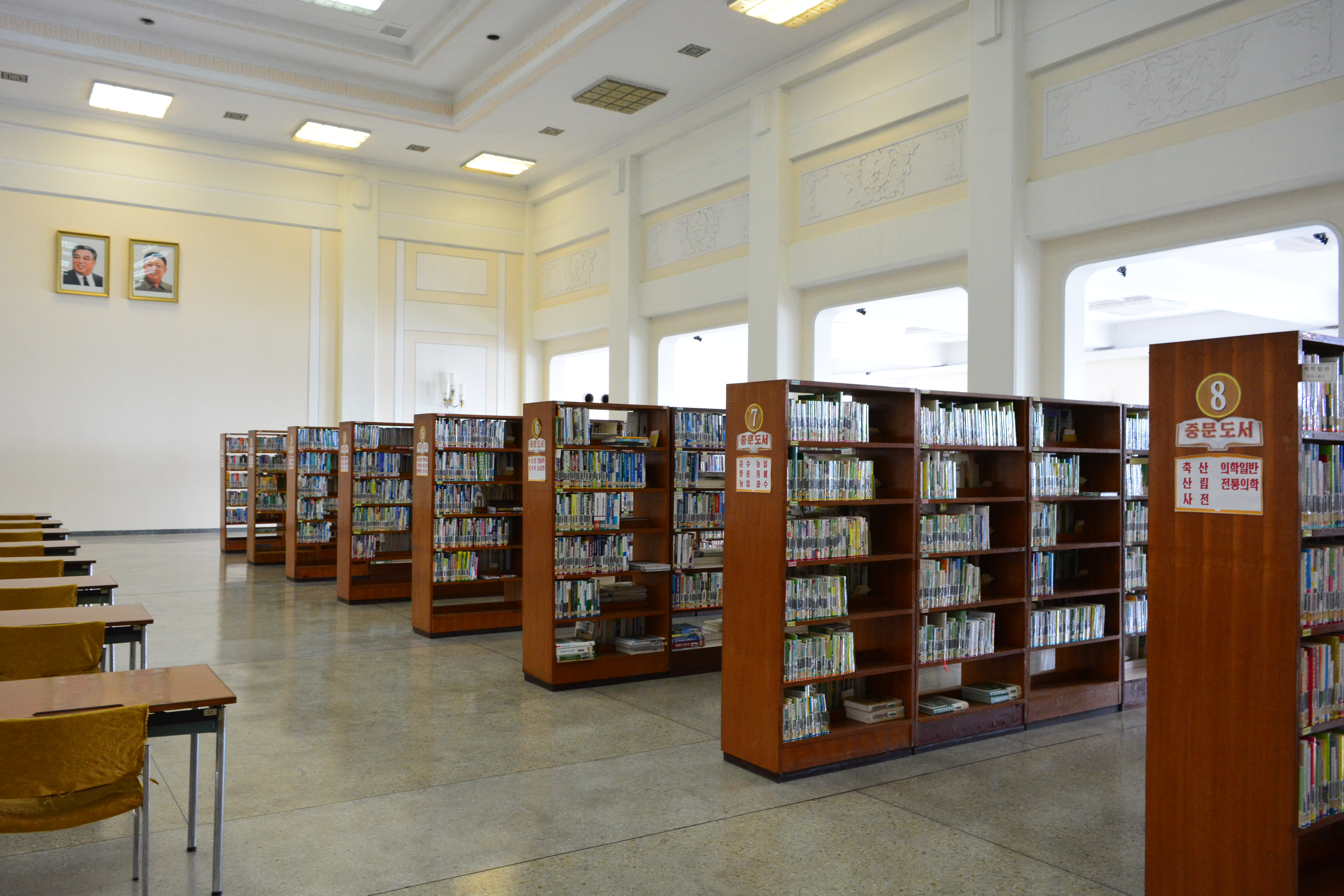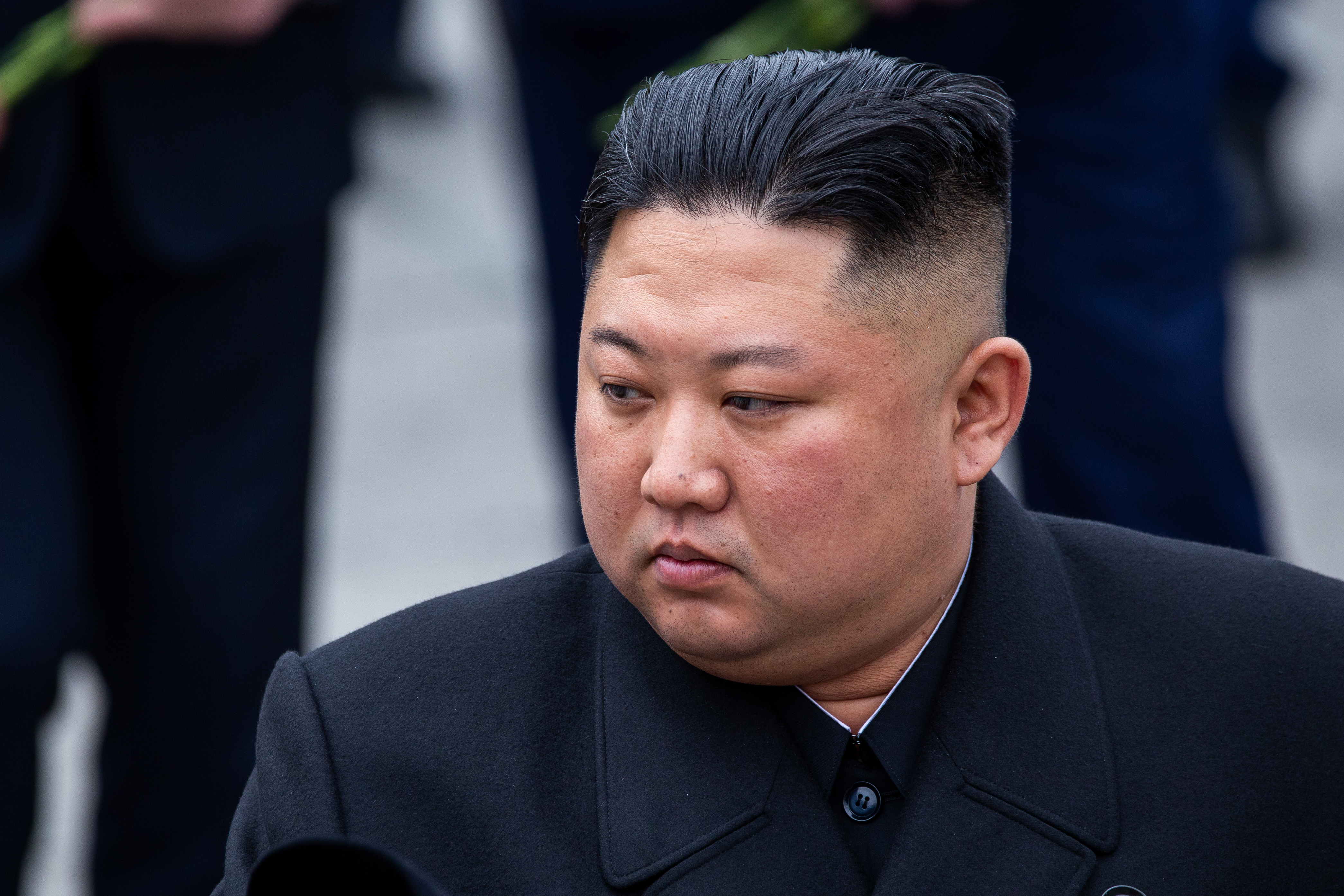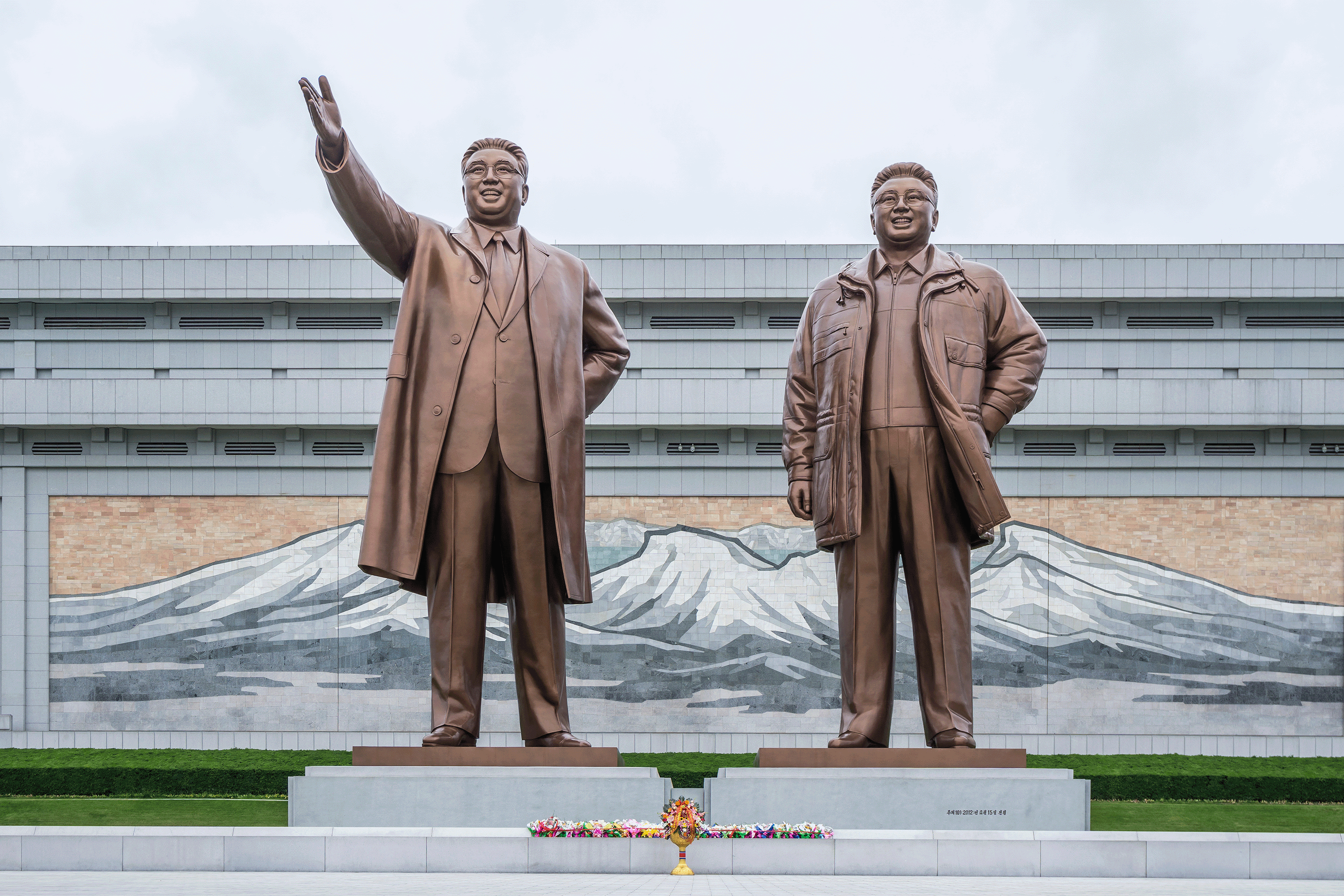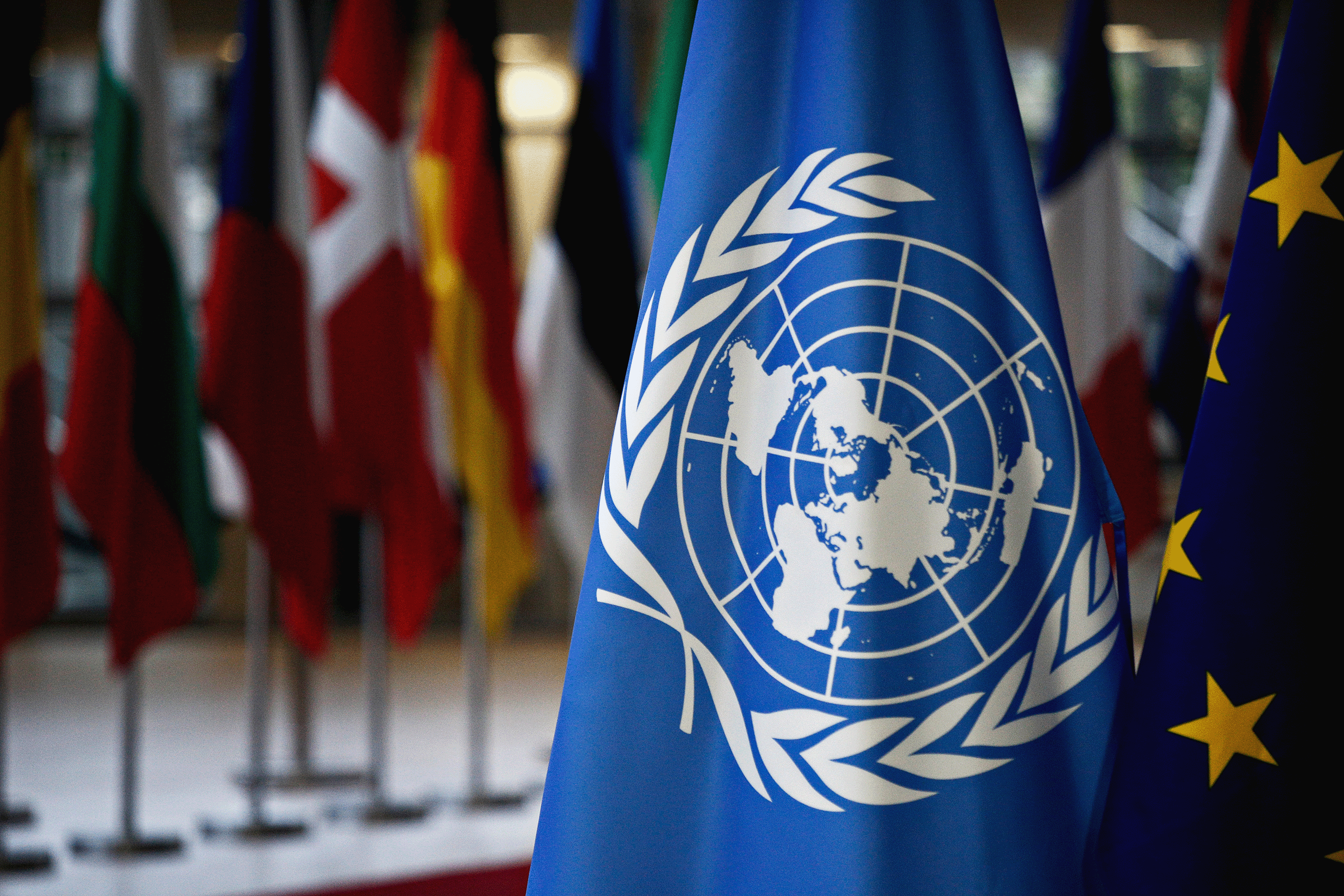
A Conceptual Warfare over Naturalism as a Literary Movement
Special Report | February 03, 2022
Kab-Woo Koo
Professor at the University of North Korean Studies
Initially imported from Japan, the concept of naturalism has had a complex history on the war-torn terrain of the Korean peninsula. In this Special Report, Kab-Woo Koo, Professor at the University of North Korean Studies, discusses the different ways in which South and North Korean governments and literary circles received the literary concept of naturalism during and after the Korean War. South Korea was more accepting of the original concept of naturalism; works by Yeom Sang-seop, one of the first naturalistic writers, have been widely proclaimed in South Korea. On the other hand, North Korea viewed naturalism as an “enemy” and recreated a unique version of its own.
Key Issues
For Lim Hwa (1908-?), a poet and theorist of the Korea Artista Proleta Federacio (KAPF, 1923−1935) during the Japanese colonial era, naturalism as a literary movement was not an adversarial concept but “the direction of the main blow” in the Stalinist sense. On the other hand, Han Hyo (1912-?), a literary critic of KAPF and a comrade of Lim Hwa claimed that “Naturalism is the Foe of our Literature,” using this as the heading for his work “Chosun Literature in the Struggle Against Naturalism (1)” in the January 1953 issue of Literature and Arts, an official organ of the Korean Federation for Literature and Arts in North Korea. The heading manifested Kim Il Sung's critique on naturalism. In Han Hyo's critique, Lim Hwa was depicted as a literary figure representing naturalism, referred to as the adversary. This shows that amid the progression of the Korean War, which escalated from a civil war to an international war, a war on literary concepts unfolded in North Korea.
Han Hyo went further and argued that mainstream South Korean literature was saturated with naturalism. A quasi-war was staged in the midst of the Korean War among South Korean literary circles over literary trends. Kim Pal-bong, a member of KAPF during the colonial era, emphasized the necessity of war literature in achieving victory amid a war abundant with epicurean literature and identified communist literature as the main adversary. Kwak Jong-won, a literary critic, pointed out the absence of artistic and entertaining work that encapsulated the bloody vestige of war, attributing this to “the persistence on naturalistic literary forms of the 19th century.”
During times of war, “a continuation of politics by other means,” literature is perceived as an ideological state apparatus. In order to seek victory in the war, both Seoul and Pyongyang utilized literature as a tool to mobilize people as principal agents because war requires strong nationalism on the basis of a unified ideology. However, the degree of conceptual warfare in South and North Korea differed. In North Korea, conceptual warfare itself was another civil war accompanied by purges of a line from the Workers’ Party of South Korea. This included the purge of Lim Hwa, who belonged to the camp against Kim Il Sung. South Korea saw a battle of words unfold over literary trends. The conceptual warfare in North Korea resulted in the unification of literary movements, whereas the conceptual battle in South Korea reflected the pluralism of literary trends. This is an example that depicts the asymmetry of the system of division on the Korean peninsula concerning literary concepts during the Korean War era.
The Import and Appropriation of the Concept of Naturalism as a Literary Movement
Naturalism, which emerged in the late 19th century in the West, was derived from realism that preceded it as a literary movement. Naturalists attempted to objectively and faithfully reproduce the reality of their society. Japan was the first country to import naturalism from the West into East Asia. The Japanese referred to nature as jayeon (自然), a translation of the Dutch word natuur, and a term that had already traditionally been in use. In the context of the modern Western world, nature was seen as a machine. Its opposite was culture, which carried the connotation of artificiality. In East Asia, on the other hand, the term jayeon (自然) was a predicate instead of a noun; according to Lao-Tzu, jayeon (自然) was defined as being itself as it is. In the West, nature was an objective reality separated from the spirit. In Japan, it became an issue whether nature included the spirit or not due to the translation using the traditional word, jayeon (自然). It was a problem that occurred when the modern translated language was based upon the traditional one that was distributed.
The jayeon-pa (自然派) which referred to a group of writers who preferred naturalism as an imperfect translation of naturalism, first appeared in Japan in the late 19th century. Japanese naturalism sought to reveal human nature as it was; the jayeon-pa (自然派) might equate naturalism as a literary trend with the depiction of the inscape of human beings. This may have resulted from a mistranslation of the concept of nature. A product of the Japanese understanding of naturalism was the “I-novels.” “I-novels,” which differed from those of French naturalist writer Émile Zola, were interpreted as naturalistic works due to issues regarding the importation, translation, appropriation, and transformation of this new concept.
Naturalism was further transformed when Japan exported the concept to Joseon. Naturalism, which was first introduced through literary critique, was a form of Japanese naturalism. The Japanese conception viewed that literature should reveal the dark side of life. Yeom Sang-seop’s “Individuality and Art” is often noted as the harbinger of naturalism during the colonial period. Yeom, widely known for his work “Tree Frog in the Specimen Room” (1921) published this essay in Kaebyeok (開闢) in 1922. Although his essay accepted Japanese naturalism, it also adhered to the principle of western naturalism, which revealed “reality as it was.” His work was also interpreted as Joseon-style naturalism, a reinterpretation of Japanese naturalism, as it emphasized the need for a modern self and national individuality during the colonial period.
Socialists in the colonial era also perceived the key characteristic of naturalism as the description of the dark side of life and society. Naturalism was often used in confusion with realism, which emphasized writing as it was. After the establishment of KAPF, socialists argued that the trend in Western literature had shifted from classical to romantic, then to a naturalistic one. They called for a transition from such pre-established styles of literature to style based on class struggle. When the Russian Association of Proletarian Writers (RAPP) proposed proletarian realism as a creative writing method in 1928, both translated and transliterated versions of the term “realism” were used in Korea to refer to realism as a concept. Naturalism was defined as a literary movement for the petit bourgeois or bourgeois, who lacked ideals, as seen in the socialists' critique of Yeom Sang-seop. Socialist realism, a worldview and a creative method in the Soviet Union in 1934, was a combination of critical realism and revolutionary romanticism.
The Civil War and the Division of the Concept of Naturalism
(1) Literary Movement Wars before the Korean War: Early History and Prototype of the Division System of Literary Concepts
The division of literary concepts on the Korean Peninsula started around 1946, before the two Koreas were established. In South Korea, while the pure literature camp and the leftist realist camp were in conflict with each other, both shared the ideal of national literature as a signifier. On the other hand, “noble realism” that emerged under the guidance of the ruling party (the Party hereafter) after the Eunghyang (凝香) incident in 1946 was the dominant literary trend in North Korea. Both North and South Korea went through a civil war of literary trends. In this process, left-wing writers in South Korea defected to North Korea, and right-wing writers in North Korea chose to “exit” and move to South Korea. The division of literary concepts was institutionalized as a persistently reproducing structure on the Korean Peninsula in the wake of the Korean War.
(2) The Korean War and the Civil War of Literary Movements: A Formation of Division System of Literary Concepts
During the Korean War, the South Korean literary circle formed a cartel with the military, just like how literature had been tied to the Party in North Korea. This bond was made possible as while writers made this choice for survival, the military and government considered literature as “poison gas to the mind” – a tool for ideological warfare that supported the real war. With the outbreak of the war, mainstream Korean literature became part of the state apparatus. However, it was impossible for a literary work that embraced outright anti-communism to garner “interest and emotion” from the public. Kwak Jong-won, a literary critic during this period said, “The cause of such a phenomenon lies in the fact that literary works do not connect reality with human life, cover a narrow topic, and insist on the naturalistic literary form of the 19th century.” During the Korean War, anti-communist literature coexisted with epicurean literature centered in the refugee city of Busan.
During the Korean War, conflict between political factions developed in North Korea; literary circles were also caught in the maelstrom, with politics influencing literary works and circles. This conflict revolved around the naturalist literary movement. Lim Hwa stood at the center of the battlefield. He portrayed Park Heon-young, a communist activist and the leader of the Workers' Party of South Korea, as “Chosun workers’ great leader (suryong)” during the liberation regime in 1945; Lim wrote that even in a situation in which Park’s speech “flowed like a trending song,” he “has two children and a poor wife/ devoid of either love nor wealth.” Amid the Korean War, he was a member of the Workers' Party of South Korea, which became a target of criticism and purges.
In July 1951, when the Korean War reached a stalemate near the present armistice line and armistice negotiations began, another power struggle broke out in North Korea. The Soviet Korean Alexei Ivanovich Hegai, responsible for the organization of the Party, was criticized for his “excessive punishment” of other party members and “bureaucracy method.” In addition, attacks were made on the naturalist literary movement. Conflict over the naturalist literary movement was exemplified in “Encouragement Remarks from General Kim Il Sung: To All Writers and Artists” published in Minju Chosun on July 2, 1951, and “The Huge Influence of Maxim Gorky on the Development of Chosun Literature” authored by Lim Hwa and published in the July issue of Chosun-Soviet Friendship on July 26th, 1951 to be released on the 27th. In the article, Lim criticized Western naturalism as an inappropriate literary trend for socialists.
In January 1953, the January issue of Literature and Arts published an article by Han Hyo, titled “Chosun Literature in the Struggle Against Naturalism (1).” The report by Kim Il Sung, “The Organizational and Ideological Strengthening of the Workers' Party is the Basis of Our Victory,” released at the 5th plenary session of the Central Committee of the Workers' Party of Korea on December 15, 1952, states that “the struggle against anti-popular and anti-Party literature has progressed in the field of literature and art.” Citing documents from the Central Committee of the Communist Party of the Soviet Union, Han defined the characteristics of naturalism as the “absence of ideology, political indifference, and art just for the sake of art” and identified it as an adversary. Han Hyo criticized Lim Hwa, insisting that Lim, on Lee Sang-Hwa’s Is Spring Coming to the Lost Lands?, Choi Seo-Hae’s Escape, and Hunger and Slaughter, wrote that “These works are not based on an established realistic method and are still subjective and sentimental with naturalistic tendencies” in Chosun Literature. While it has been said that Lim Hwa published this piece during the Korean War, the manuscript remains unfound. Han’s criticism focused on the point that Lim evaluated socialist literature as naturalism. In the end, literary naturalism in North Korea became more than “the direction of the main blow;” it was identified as an adversary through the writings of Kim Il Sung and Han Hyo.
The Division of Literary Naturalism after the Korean War
After a line of members of the Workers’ Party of South Korea, including Lim Hwa, was purged following the Korean War, naturalism regained its original definition in South Korea. On the other hand, North Korea created a sophisticated version of North Korean naturalism. As Pyongyang introduced naturalism as its enemy that deserved violent punishment, naturalism lost its original meaning defined by the West within the North Korean society.
In literary dictionaries created by critics of South Korean literary circles, Yeom Sang-seop is no longer mentioned as the founder of naturalism. In “Me and Naturalism” published in Seoul Shinmun in September 1955, Yeom recalled that he did not claim naturalism when he debuted as a writer. He also stressed that naturalism was not an import. Rather, it was “naturally generated.” The time and space of the era gave birth to artists and works with naturalistic tendencies. Yeom defined himself as a realist and argued that he moved one step further from naturalism. However, he, in fact, equated realism with naturalism.
On the other hand, the Culture and Art Dictionary published in North Korea criticized naturalism in a more radical manner. According to the dictionary, naturalism is reactionary bourgeois literature and art and an anti-realist movement, defying fair reflections of reality and evaluations on socio-political and ideological-aesthetic aspects. North Korea defined Yeom Sang-seop as an artist with naturalistic tendencies as a bourgeois reactionary novelist. In addition, the dictionary stated that that naturalism has been used as one of reactionary ideological means of American imperialism. It also emphasized that naturalism was merely used as an ideological apparatus to paralyze and suppress the revolutionary movements in South Korea during the post-Korean War period. Until the advent of Juche realism, based on the theory of Juche literature in the early 1990s in North Korea, the confrontational structure of literary movements on the Korean peninsula created by North Korea was the conflict between South Korean naturalism and North Korean socialist realism.
■ Kab-Woo Koo_ is a Professor of Political Science at the University of North Korean Studies. He was a visiting professor at the University of Toyama and a visiting researcher at Rikkyo University in Japan. His research interests include international political economy, North Korean foreign policy, and Korean literature. His publications include Critical Peace Studies and Korean Peninsula(2007), A Critique of International Relations(2008), “Towards a Working Peace System on the Korean Peninsula”(2011), “Civil Society and Unification Movements in South Korea”(2011), “Reproduction of Post-Colonial Divided States: A Comparative Analysis on Social Partition between Two Koreas and Ireland-Northern Ireland(2012), “A Protype of Nuclear Discourse in North Korea, 1947-1964”(2014), “The Discursive Origins of Anti-Americanism in the Two Koreas”(2017), “Origin and Development of the Pyeongchang Provisional Peace Regime”(2018) and “Two Pyongyang Times”(2019) etc.
■ Typeset by Seung Yeon Lee, Research Associate
For inquiries: 02 2277 1683 (ext. 205) | slee@eai.or.kr
North Korean Literature

Reading Chairman Kim Jong Un’s Mind
Young-sun Ha | January 26, 2022

A Three-Way Comparison Between Songun Politics and Kim Jong Un’s Rule
Hyeong Jung Park | January 05, 2022

The Merits and Demerits of Two Koreas’ Simultaneous Admission to the United Nations
Shin-wha Lee | December 31, 2021
LIST